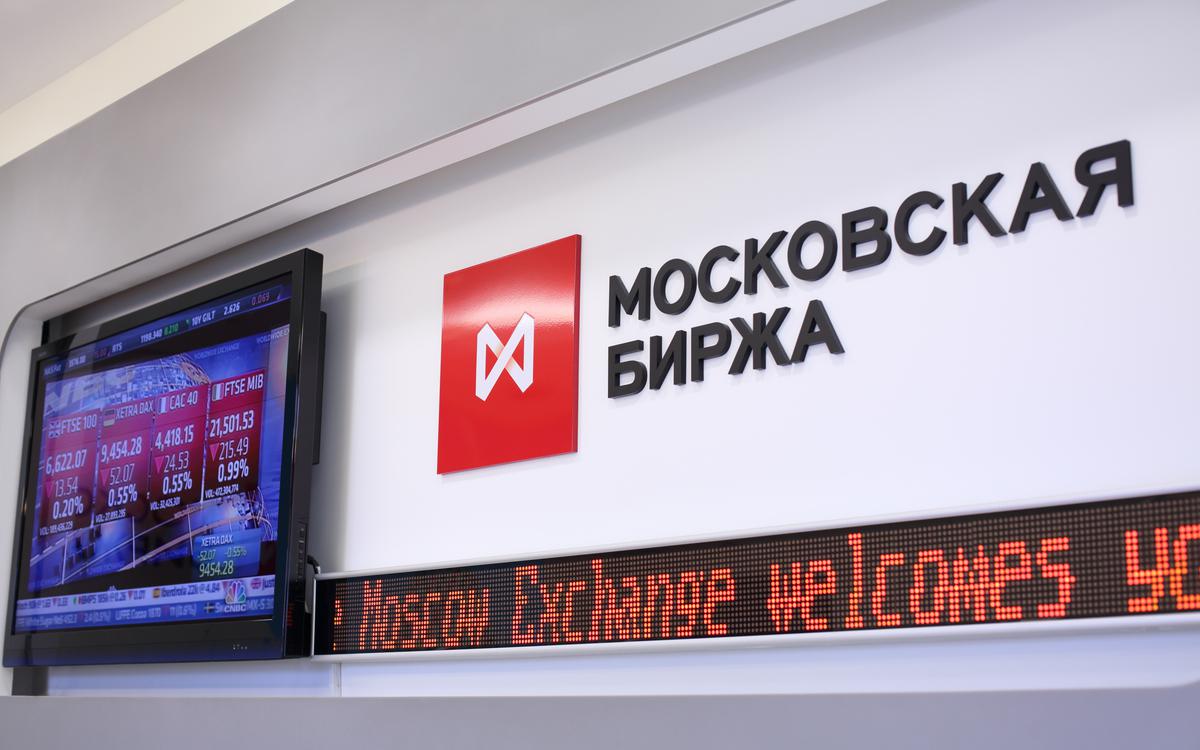Venture Capital Investment in Russia: Market Trends and Development Prospects
Introduction
Venture capital investment in Russia is undergoing significant changes against the backdrop of a dynamic digital transformation of the economy and active state support. This article aims to provide insights into the structure of the Russian VC market, the participants and instruments influencing investment flows, and the opportunities emerging for startups and investors in the coming years. The primary audience includes international investors, startup founders, and finance and innovation specialists.
1. Market Participants and Structure
1.1 Venture Funds and Business Angels
In Russia, alongside global funds (500 Global, Europe VC), local players such as Runa Capital, Almaz Capital, and Sistema.VC are also in operation. These funds attract between $5 million and $50 million in Series A–C stages, focusing on high-tech projects in IT, biotech, and energy technology. Simultaneously, business angels like Andrey Sulimov and Alexey Fedorov invest in early stages—up to $100,000 at the pre-seed and seed stages—allowing startups to develop a minimum viable product and validate their ideas.
1.2 State Development Institutions
State development institutions play a crucial role in supporting the ecosystem: the Skolkovo Foundation offers grants of up to 20 million rubles and access to research laboratories; the Internet Initiatives Development Fund (IIDF) invests up to 10 million rubles in pre-seed and seed-stage startups. The Russian Direct Investment Fund (RDIF) participates in co-investments with large foreign funds, enabling startups to attract international capital.
1.3 Corporate Venture Funds (CVCs)
Corporations are keen on embedding innovations through their own CVC funds. Sberbank Venture Fund, VTB Capital Market Focus, and LUKOIL-Innovator invest in startups capable of broadening their customer base and improving operational processes. Such investments help combine the advantages of large companies with the flexibility of startups, accelerating the development of new products.
2. Stages of Financing and Instruments
2.1 Pre-seed and Seed
During the pre-seed stage, investors typically invest in ideas and teams up to $100,000, while at the seed stage, investments can reach up to $1 million, supporting the development of MVPs and initial sales. These rounds are often closed through grants, angel investments, and acceleration programs.
2.2 Series A–C
Series A represents a growth round, usually ranging from $1 million to $5 million, aimed at scaling products and entering new markets. Series B and C attract investments from $5 million to $20 million or more for team expansion, marketing, and international development.
2.3 Alternative Forms
Crowdinvesting (StartTrack, BoomStarter), convertible notes, and SAFE contracts allow for less formal capital attraction, reducing legal and operational costs at the start.
3. Startup Valuation and Due Diligence
3.1 Methods of Startup Valuation
For early-stage evaluations, multiples (EV/Sales, EV/EBITDA) and qualitative methods such as the Scorecard Method and Berkus Method are utilized, taking into account team strength, technology, and market potential. Mature companies are assessed using discounted cash flow (DCF) models if predictable financial metrics are available.
3.2 Due Diligence Process
Due diligence encompasses legal audits (verification of intellectual property rights and contracts), financial analyses (review of reports and debts), and technical assessments (code and architecture reviews). As a result, investors evaluate risks and validate the justification for valuation.
4. Government Support and Regulation
4.1 Grants and Acceleration Programs
The 'Skolkovo' programs and IIDF provide not only financing but also educational modules, mentorship, and demonstration spaces for product piloting. Participation in these programs enhances investor confidence and provides access to industry partners.
4.2 Tax Benefits for Investors
Individual investment accounts (IIAs) and a tax deduction of up to 52,000 rubles per year stimulate individuals to invest in startups. Tax holidays and incentives for innovative companies reduce the burden at early development stages.
4.3 Regulatory Challenges
Sanctions and currency restrictions have complicated access to foreign markets and international investors while simultaneously fostering the growth of local funds and portfolio diversification. New laws regarding digital financial assets and capital markets aim to simplify investment attraction processes through tokenisation and IPOs.
5. Infrastructure and Ecosystem
5.1 Accelerators and Incubators
International Startup Campus, GenerationS, and the 'Skolkovo Workshop' help startups build business models, test hypotheses, and find initial customers within 3 to 6 months of intensive training.
5.2 Coworking Spaces and Technoparks
Digital October, 'Innopolis', and 'Technograd' create conducive working conditions for teams, hosting hackathons, meetups, and educational events where investors can connect with entrepreneurs.
5.3 Communities and Conferences
Startup Village, Russian Tech Week, Open Innovations, and other platforms gather over 5,000 participants, including investors, mentors, and startup founders for experience exchange and partnership formation.
6. Industry Trends and Development Prospects
6.1 Information Technology and Software
The IT sector accounts for approximately 40% of all deals. SaaS, Big Data, cybersecurity, and cloud solutions remain focal points for investors. The rapid growth in demand for remote services supports market dynamism.
6.2 Biotechnology and MedTech
Projects in gene therapy, new drug development, and medical devices receive Skolkovo grants and commercial investment, often via joint funds with foreign investors.
6.3 AgriTech and Energy Technologies
AgriTech innovations (vertical farms, drones for crop monitoring) and CleanTech (renewable energy, hydrogen projects) receive support from relevant ministries and attract private capital.
6.4 FinTech
FinTech investments are directed towards payment services, Buy Now, Pay Later (BNPL) solutions, cryptocurrency platforms, and RegTech. The expansion of digital banking and the increase in cashless payments create new growth opportunities.
7. International Interaction
7.1 Attracting Foreign Capital
Despite geopolitical risks, Russian startups are successfully entering European and Asian markets through representative offices in Singapore, London, and Dubai. Joint investment platforms and offshore offices allow for circumventing currency barriers.
7.2 Joint Funds and Partnerships
Collaboration with funds from the UAE, China, and Turkey provides access to new markets and technologies. Joint funds co-invest in Biotech, AI, and GreenTech projects.
7.3 Barriers and Solutions
Legal and currency restrictions are offset by investments through structures in friendly jurisdictions, the creation of SPVs, and the use of asset tokenisation to attract international investors.
8. Exit Strategies
8.1 M&A
It is common for large corporations such as Gazprom, Yandex, and X5 Retail Group to acquire startups to integrate their technologies into their products, facilitating a quick exit for investors.
8.2 IPO and SPAC
Russian companies are increasingly considering IPOs on the London and Hong Kong stock exchanges. An alternative is going public via SPACs, which reduces regulatory and time barriers.
8.3 Secondary Transactions
Platforms like LiquiDeal and SPACE offer investors the chance to sell their stakes before an IPO, providing liquidity at early stages.
9. Successful Deal Cases
9.1 Ozon
The IPO on NASDAQ in 2020 raised $990 million at a valuation of $6 billion, solidifying Ozon's status as the largest Russian e-commerce project internationally.
9.2 Yandex Go
The $150 million Series C round in 2021 enabled the expansion of the service ecosystem and the creation of a unified platform for users.
9.3 Telegram
The ICO raising $1.2 billion for the development of the TON Blockchain demonstrated the ability of Russian projects to attract substantial capital outside of traditional markets.
10. Development Prospects
In the next five years, the Russian venture market is expected to see further consolidation of funds, the growth of specialized sectors (space technology, quantum computing), and the active development of ESG projects. Government initiatives aimed at creating a 'digital rouble' and expanding rights for tokenisation will open new mechanisms for capital attraction.
11. Conclusion
The Russian venture investment ecosystem has evolved from individual private deals to large funds with international presence. Favourable state support, the development of accelerator and technopark infrastructure, and strong interest from foreign investors create a foundation for further growth. Startups ready for international competition and possessing unique technologies will be able to attract capital and expedite their entry into global markets.




